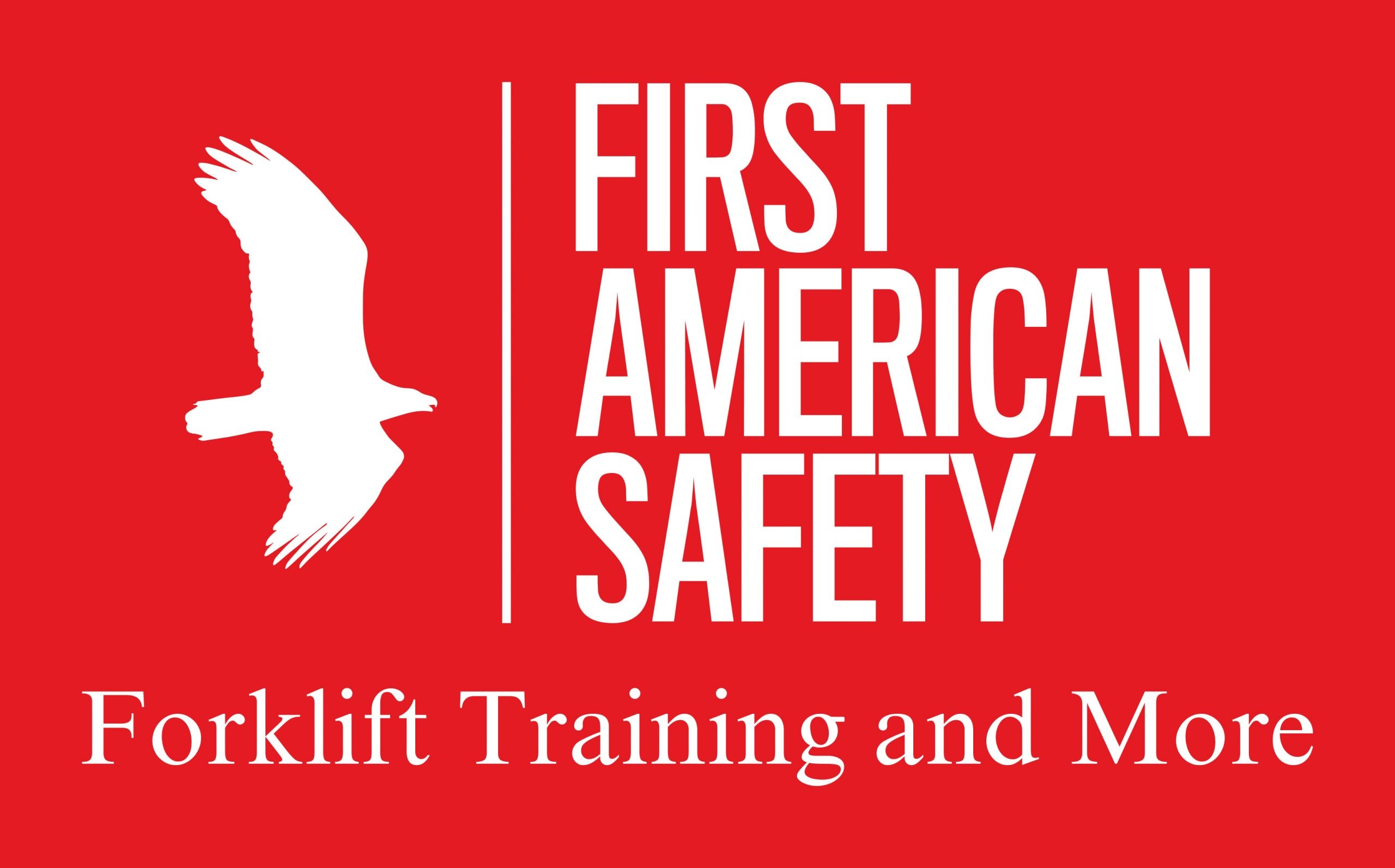Need some free safety meeting topics?
Ladder Safety
Ladder Safety Toolbox Safety Meeting
Ladders are used in millions of workplaces, and are essential for many kinds of work across the country. Ladders allow people to work at heights, which is an inherent risk in and of itself. This, combined with their sheer numbers, means that ladders are involved in a huge number of injuries and fatalities on and off the job. Following safe practices while using ladders is critical.
Ladder Injury Facts
- An average of 500,000 people are treated for ladder-related injuries annually.
- Several hundred people are killed using ladders each year.
- At least half of ladder injuries result from climbing with objects in the hands.
- The most common ladder-related injuries are fractures.
Most Common Causes of Ladder Accidents
Using the Incorrect Ladder for the Job: In many situations, workers are more likely to use a ladder that is available, but not suitable for the job, rather than taking the time to find a suitable ladder. For example, the ladder that is in-use may be too short for the job, but it seems easier to just use it than to try and find a taller ladder. Maybe a straight ladder would be the best choice, but all you have is an A-frame ladder. Also, choosing a ladder that is not rated for the load can lead to injury.
Unsafe Actions: Failure to follow safe work practices is the most common cause of injury in all situations. Climbing while carrying objects in your hands is a common cause of injury. Also leaning too far to the sides, standing on the top steps, or trying to “walk” the ladder while on it are all very unsafe practices.
Failure to Inspect Ladders Before Use: All ladders should be inspected before use. Using a damaged ladder can cause it to break, leading to severe injury. Look for cracks, bent parts, missing feet, modifications, and repairs. If the ladder is damaged or modified in any way, it should not be used.
Ladder Safe Practices
- Inspect ladders before use every time, no-matter what. If you find any problems with the ladder, it should not be used. Report it to your supervisor.
- Read all labels on the ladder to ensure you are not misusing the ladder. All labels must be intact and legible.
- If you have not been trained to use ladders safely, you should not use them.
- Never step on the top step, or any other step that the manufacturer warns against using.
- Always maintain three points of contact with the ladder.
- Never carry objects in your hands while climbing. Tool belts, ropes, or other safe methods should be used to bring tools up to you. Your hands must always be free when climbing a ladder.
- Do not lean to reach something that is not within easy reach. Leaning too far can cause you to fall or tip the ladder. If you cannot reach, climb down and move the ladder.
- Always use the correct ladder for the job. Settling for what you have available can get you killed.
- Make sure the ladder is stable and secure before climbing. Ensure the feet are on solid ground. The top of straight and extension ladders should be tied-off. Someone should stand at the base to secure the ladder as well.
- Never modify or intentionally damage a ladder. Repairs also should not be attempted. Damaged ladders should be replaced and not used again.
- Before climbing, check your hands, feet, and the ladder steps for slippery substances like mud, water or oil.
Conclusion
Ladders can be very dangerous if misused or damaged. All workers must remember safe ladder practices while using them. Always use the right ladder for the job. Inspect all ladders before use. Use three points of contact at all times, and do not carry objects in your hands while climbing. Finally, take care of your ladders and they will take care of you!
